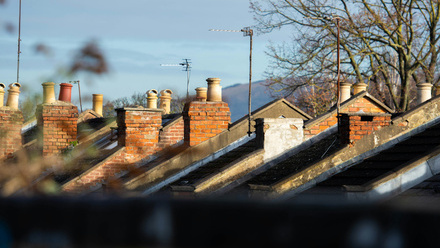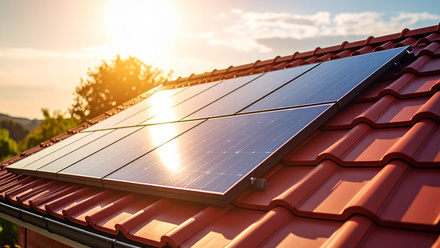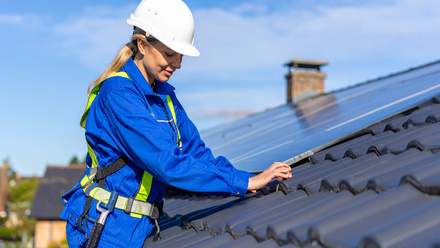Fibre Cement Slates
In this article, we’ll explore some of the key considerations and best practices for installing fibre cement slates on a pitched roof, helping contractors to avoid common pitfalls and ensure compliance to British Standards.
Fibre cement slates are classed as a close-fitting roof covering unlike natural slates where moist air can more readily escape from under the slates due to their natural irregularity. It is important to understand this difference, as the choices of underlay and source of ventilation are critical to the performance of the roof and to ensure compliance with the British Standards and manufacturers' instructions and guidance.
If you are using a breathable underlay, classed as low resistance (LR), water vapour will pass through the underlay and could form condensation within the batten space and on the underside of the fibre cement slates, which in turn may lead to deformation of the slate and 'curling' at the tail.
To rectify this when using an LR underlay, a counter batten should be installed above the underlay, giving a free air gap of 50 mm between the top of the underlay and the underside of the slate. The NFRC recommends the use of BS5534 fully-graded battens as counter battens to avoid accidental use of non-graded battens in the main roof installation.
When fitting a fibre cement slate roof, if it is not practical to utilise a counter batten beneath the battens (for example on a mid-terrace re-roof) the use of a high resistance (HR) or a 'non- breather' membrane should be used instead. This avoids the requirement for a counter batten, thereby avoiding the need to alter the finished height of the roof. It is important to ensure that soffit vents are fitted or will be fitted during the re-roofing works to provide ventilation to the roof void. Please note that if soffit vents are not already installed or cannot be installed as part of the works then an over-fascia vent must be fitted to provide the required ventilation.
Please note that any roof with a pitch exceeding 35º must also have high level ventilation fitted when installing either of the methods identified above.
NFRC’s guidance note GN32, providers further information on the design considerations when using fibre cement slates. This information is free to NFRC Trade Body members so take advantage of membership to both the NFRC Trade Body and Competent Person Scheme to support your roofing business. View the guidance here




